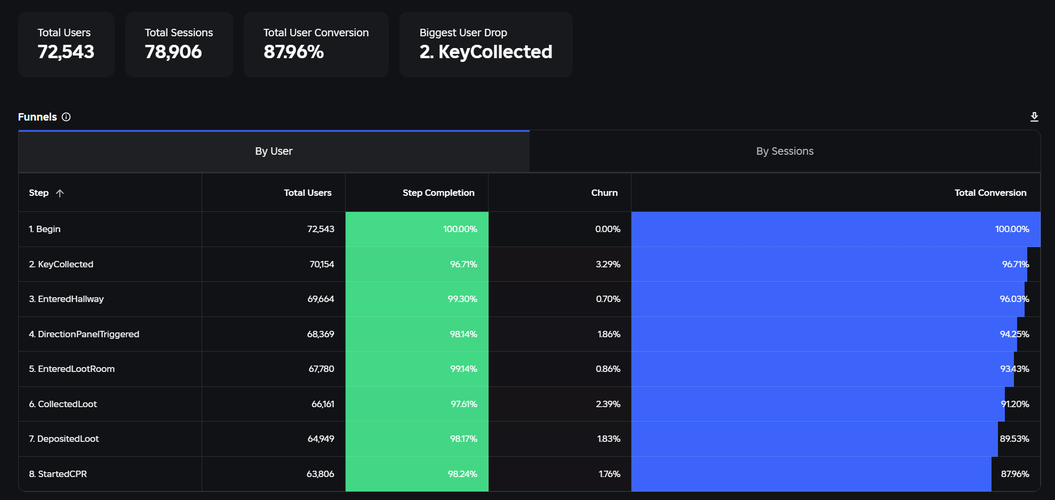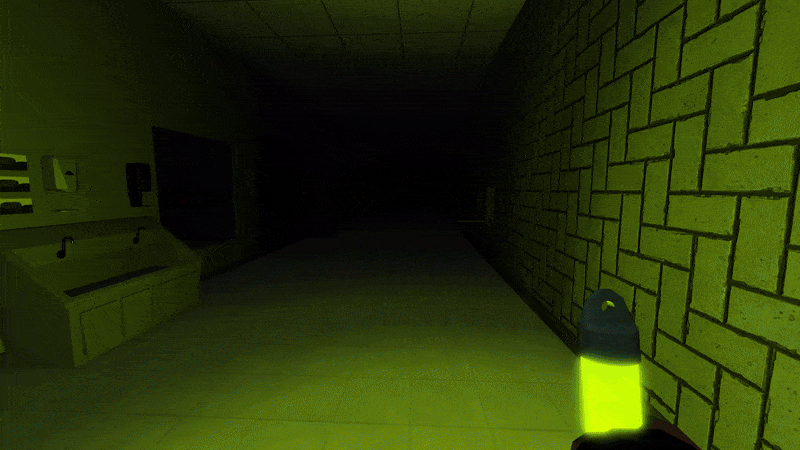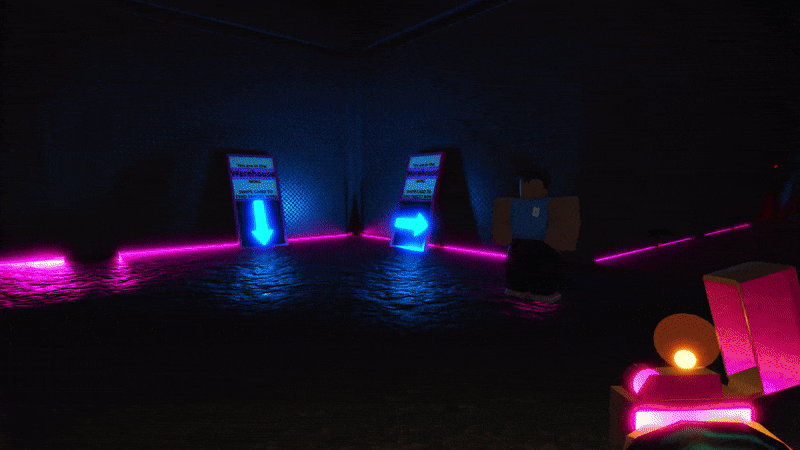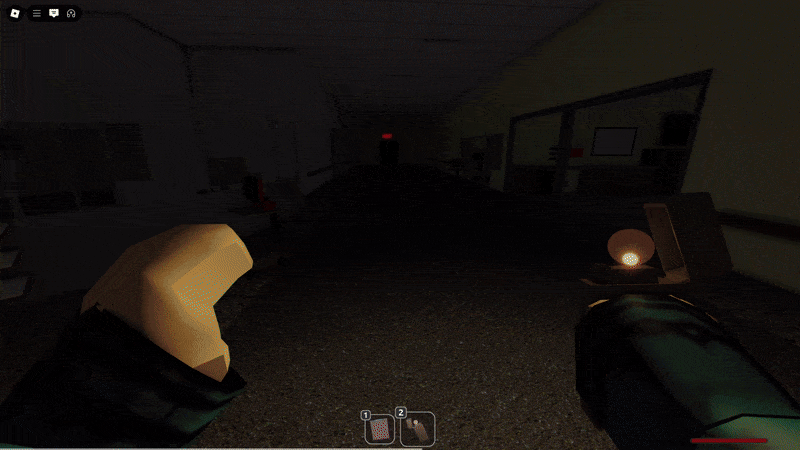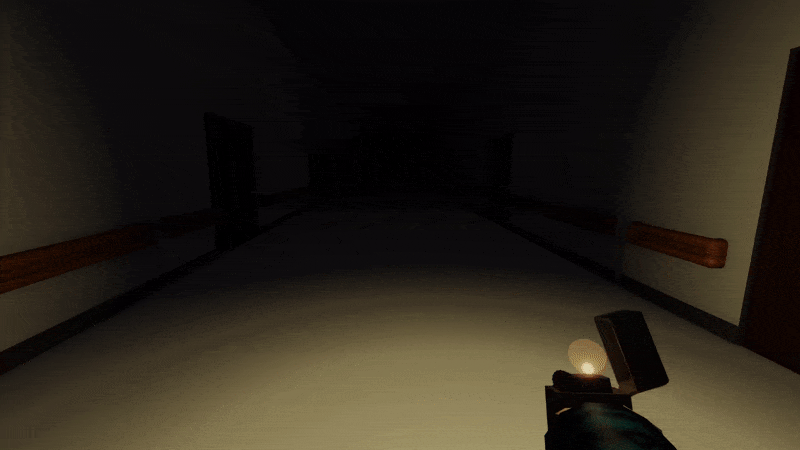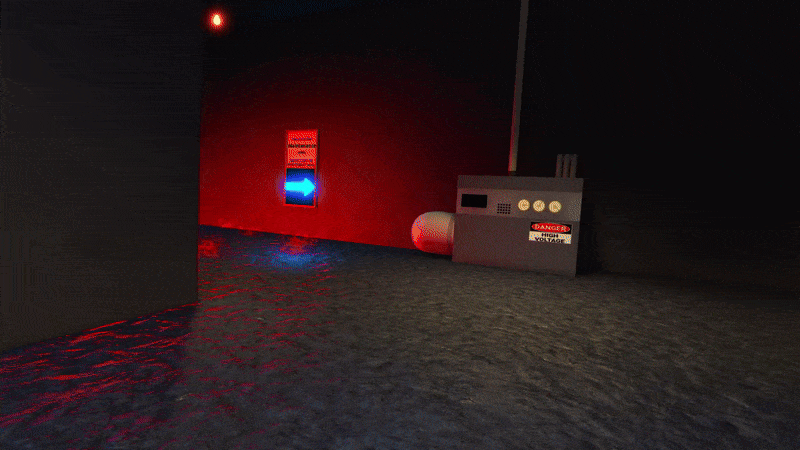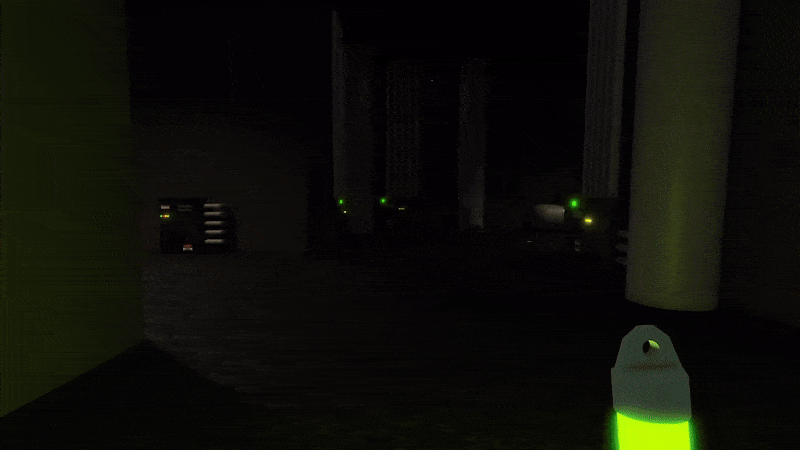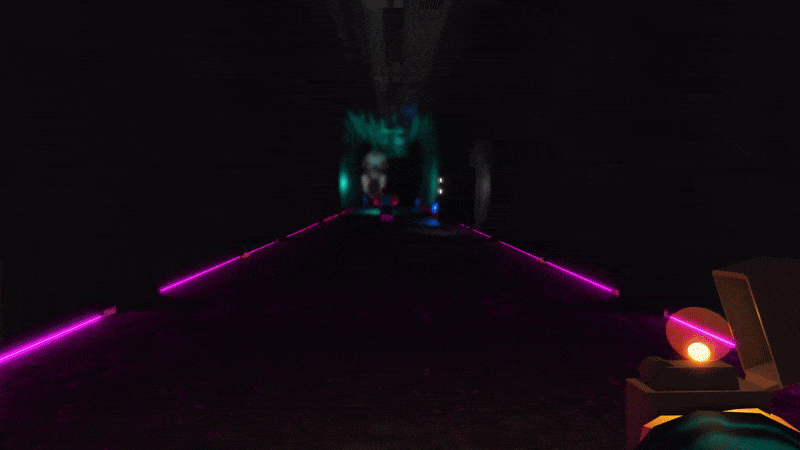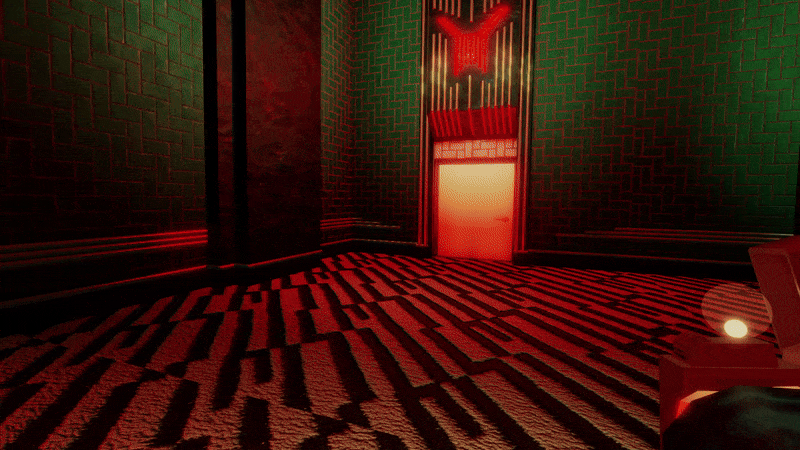
MODERN MEDICINE is a procedurally generated cross platform multiplayer horror adventure with a branching storyline that was released on Roblox in 2024. It has reached over 1,000,000 play sessions and over 400,000 unique players.
As the sole programmer and founder of the development team, I was responsible for designing and implementing all technical systems including procedural generation, AI and player systems, in-game purchase systems, backend infrastructure, and seamless multiplayer functionality just to name a few. My research skills also played a key role in this process, as I discovered and used key open source libraries that streamlined development and workflows. In collaboration with the team’s level designer and artist, I helped shape a game that offers players a uniquely immersive and replayable experience.
During the two-year development cycle, I led our remote team of three through weekly meetings to align on goals, refine designs, and ensure steady progress. This flagship project honed my expertise in Luau, the Roblox API, and efficient team management while showcasing my ability to deliver a polished, innovative game through fostering a friendly, creative, and collaborative environment.
Trailer
At a Glance:
Each section gives a brief overview its topic. There is a button that links to a page with more details about the given topic after most sections.
Gameplay Loop
MODERN MEDICINE takes place in an abandoned hospital overrun by Dr. Thompson’s failed experiments. The game begins with an active medical emergency in the ICU, where players must stabilize a patient under pressure. However, the power suddenly shuts off, forcing players to make a critical choice: restore power in the Maintenance room to allow the nurses to continue giving life saving care or retrieve key research notes from Dr. Thompson’s office.
From there, players navigate through procedurally generated hallways, searching for essential items needed at their destination while avoiding the wandering monsters. Upon collecting the items and reaching their destination, players are faced with a unique puzzle that they must solve before they can achieve their mission. Upon completion, players are given another choice for their next mission and face an intense chase sequence in the hallways to get there.
Once the puzzle in the second cycle is completed, the hallways and world regenerate seamlessly in the background. Upon leaving the room the player finds themselves in the experimentation wing, where they must tackle escalating challenges while navigating through the hospital’s dark secrets. The game culminates in a terrifying sequence where the player must sprint through the hallways to the Experimentation laboratory, pursued by hordes of almost every monster encountered throughout the game.
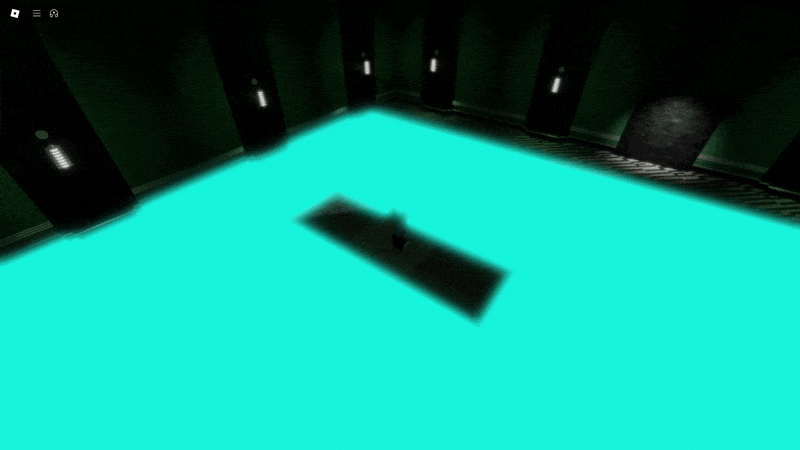
AI
AI is the foundation of MODERN MEDICINE’s gameplay loop. Throughout the game the player encounters many different monsters of escalating strength in procedurally generated hallways and puzzle rooms. The AI systems implement a variety of techniques including A* navigation for pathfinding and behavior trees to create complicated behaviors. Below is a gallery showing a short demo of each primary monster in the game. Click on a gif to enlarge it.
AI AGENT DESIGN IN DEPTHProcedural Generation
MODERN MEDICINE is a game that was partially inspired by LSPLASH’s Doors on Roblox. Doors procedurally generates its world by linking prefabricated rooms together linearly - the (single) exit of any given room is connected to the (single) entrance of the next. MODERN MEDICINE expands and innovates on this idea. Instead of each room in the world being generated one after another, rooms are linked to each other by a series of randomly sprawling hallways and can have multiple entrances and exits.
The procedural generation system uses Perlin Worm Tunneling to create an authentic, maze-like system of hallways. Rooms are also generated procedurally by recursively spawning in different elements and sections. Each room spawns its own biome with a unique look and feel in the hallways that connect to its doorways.
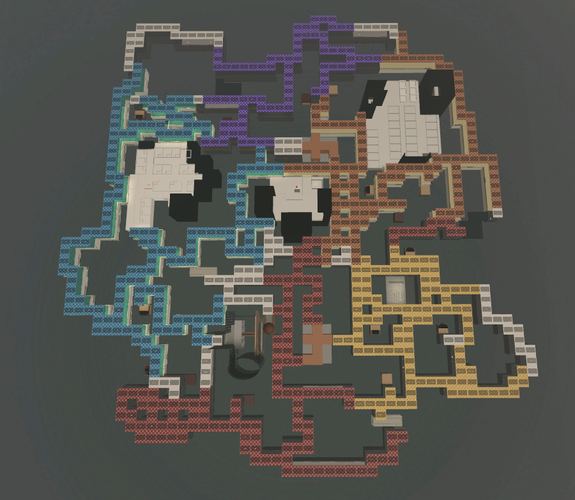
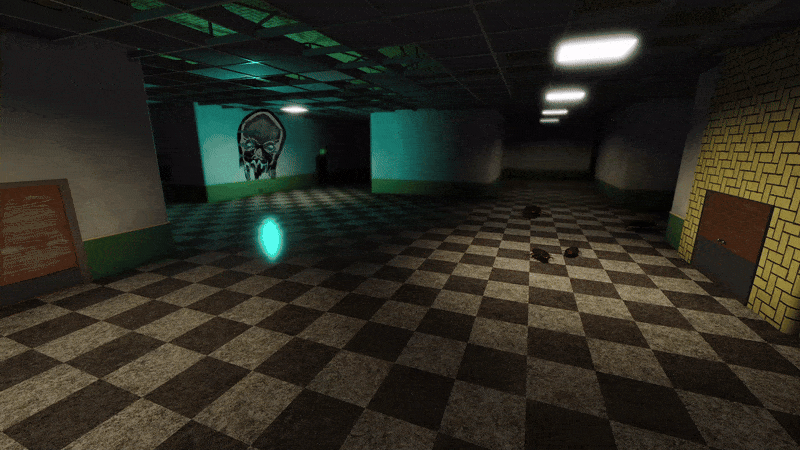
GUI & PLAYER SYSTEMS
CLIPBOARD
To create the most immersive experience possible, gui elements which would traditionally clutter the screen are relocated to the player’s clipboard item. The toolbar, stamina indicator, and health bar are the gui elements which are usually visible and still displayed on the player’s screen. Story dialogue and new objective notifications are also occasionally displayed.
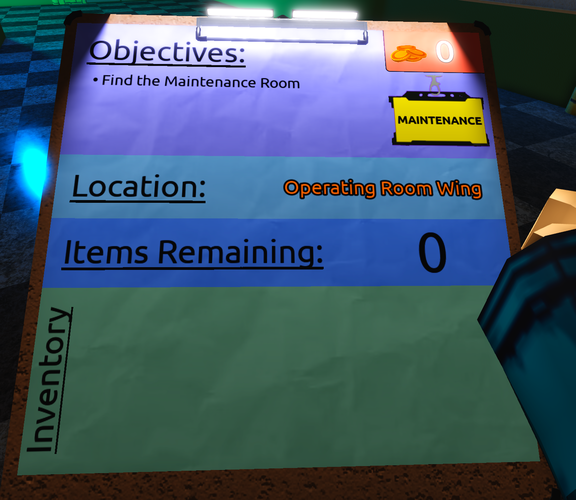
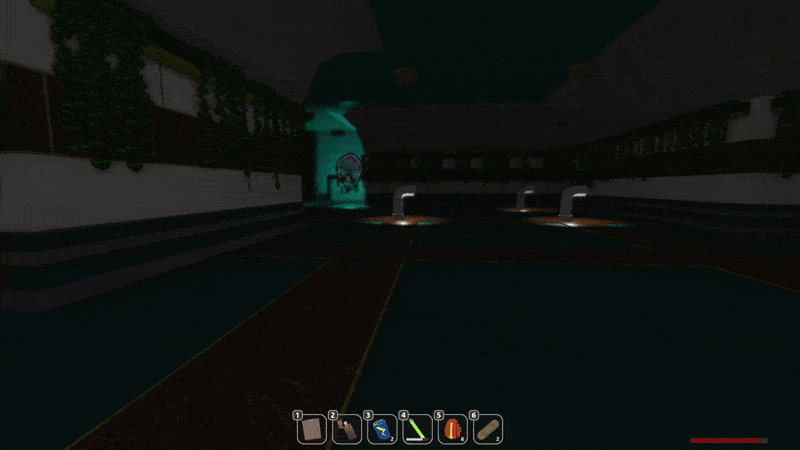
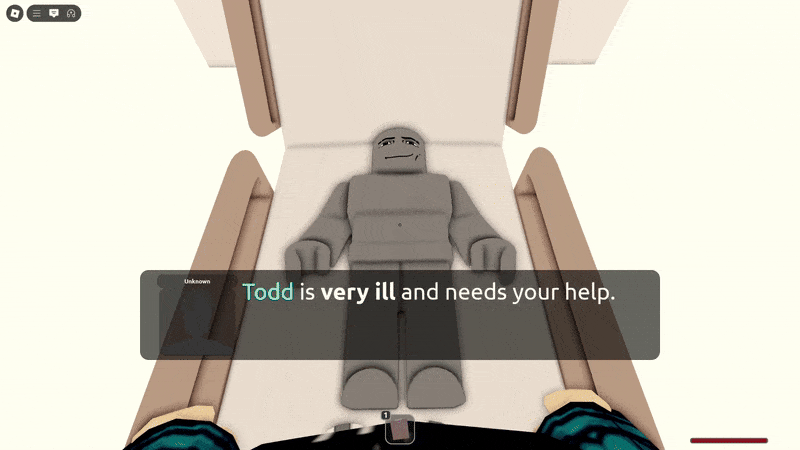
LOBBY
The lobby has several gui systems. The main shop gui is the most complex. It allows the player to view and purchase items with both Robux (Roblox’s currency) and RVU’s (custom premium currency). All guis in the game also feature cross-platform support. They can be navigated on with mouse and keyboard, touch screen, controller, and even using a VR headset.
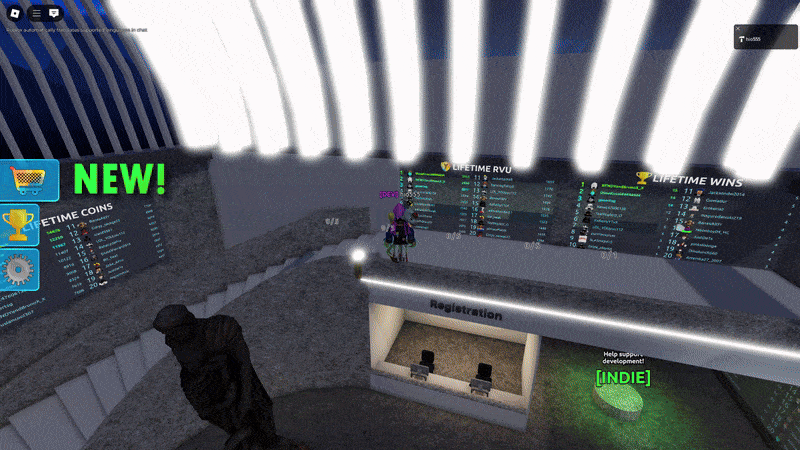
Infrastructure & Tools
Open Source Libraries
Several open source libraries and plugins helped make MODERN MEDICINE possible:
- Knit simplifies communication across the client-server boundary and provides structure to the codebase.
- Rojo improves my workflow.
- RbxUtil is a powerful library of utility modules.
- ProfileService makes working with data stores easier.
- BTreesV5 is a gui-based behavior tree builder.

Tools
There are many custom built tools that help with every part of the project, from level design to simplifying the code base
- The region system is generated alongside the map at runtime. It is used for everything imaginable, from controlling the sounds the player hears to monster targeting systems and progression tracking.
- The linear interpolation module is more advanced and offers more flexibility than Roblox’s Tween library. Some unique features are the ability to tween an object to a moving target, and to adjust tween speed based on the distance of an independent, moving object.
- The level building system streamlines the construction of new hallway and room assets. It was designed and redesigned to give the level designer the most powerful tool possible without sacrificing on simplicity and ease of use.
- The generic door system simplifies the construction of door assets and unifies door behavior throughout the game. It was designed with the level designer in mind, and provides a quick and easy solution to constructing new doors without needing to program anything.
- The sound effect part system was paramount in designing the game’s immersive, atmospheric atmosphere. I used this system to define when, where, how, and which sounds play in the procedurally generated world.
- The light flickering system is based off Quake’s light flickering system. It allows light patterns to be defined and executed from just a string of characters.
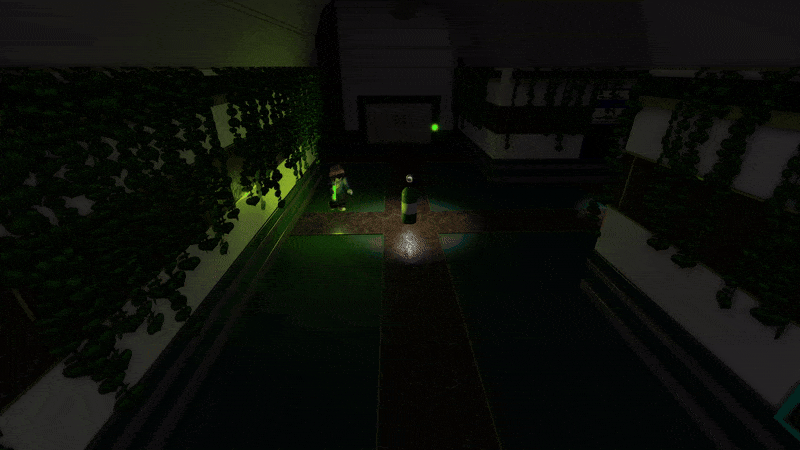
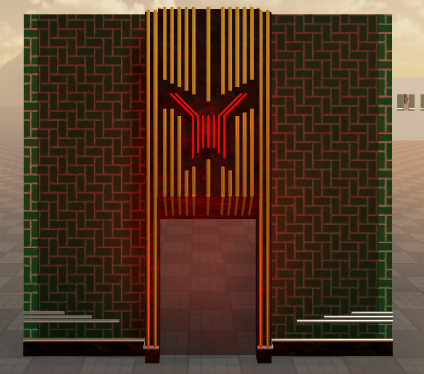
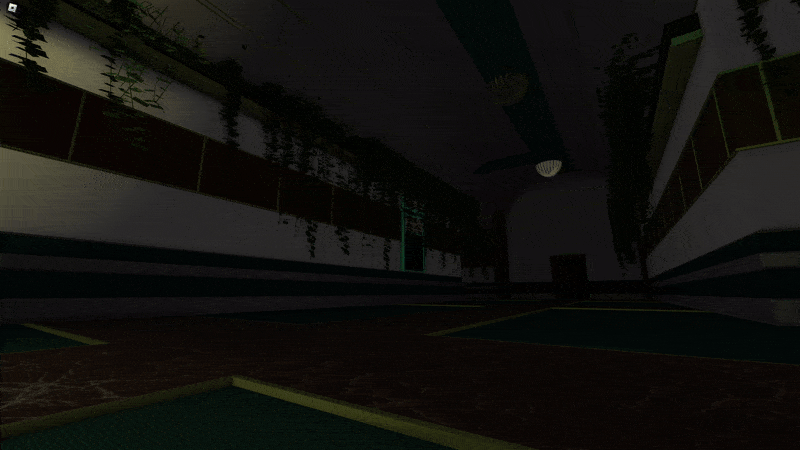
Backend
Data
The majority of the backend system uses ProfileService to streamline player data storage. ProfileService is used to confirm and verify transactions, store player statistics (like wins), and keep track of player items between runs (like currency and skins).

The backend system also utilizes ordered data stores outside of ProfileService to keep track of top-performers in the game and display them in the lobby. A basic data store is also used to keep track of players who have bought the “Name in the Game” gamepass, which randomly selects player avatars from a pool to display in the game.
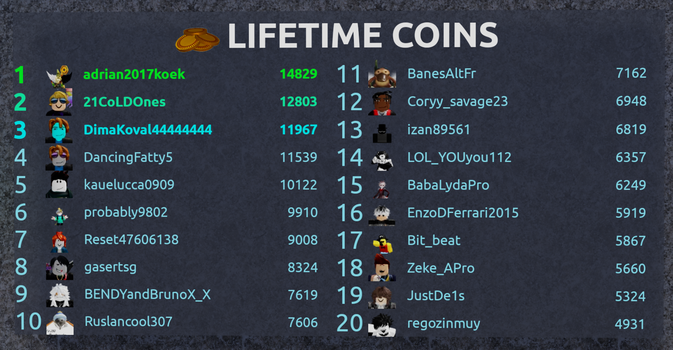
Analytics
After the launch of the game, development was data-driven. Throughout the game, there are analytics hooks which record player progress throughout funnels in the game. Each week post-launch, we analyzed this data to identify drop of points within our gameplay loop and focused on improving those sections of the game. By doing this, we were able to improve every aspect of the game and massively improve our player onboarding experience.
